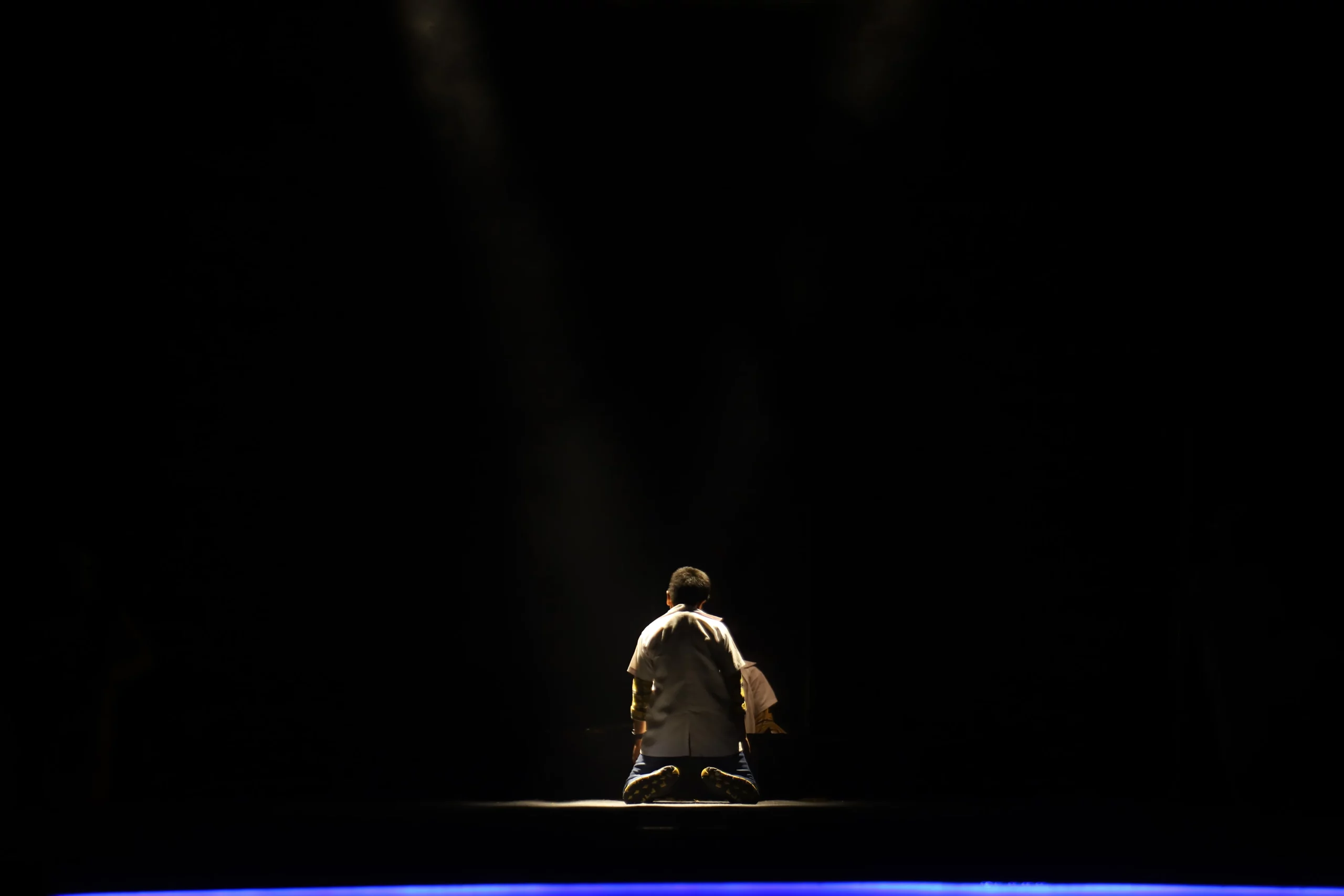Unleashing the Artistic Kaleidoscope: A Journey through Diverse Acting Styles in Speech and Drama
Exploring different styles of acting in speech and drama.

Introduction
At Theatrica, you’re stepping into a world where imagination knows no bounds. In the realm of speech and drama, acting styles are the paintbrushes that artists wield to craft captivating performances. From the heart-rending vulnerability of method acting to the whimsical charm of physical theatre, the array of acting styles available to performers is as diverse as the colors in a sunset. Let’s embark on a journey through this artistic kaleidoscope and explore the rich tapestry of acting techniques that bring characters to life and leave audiences spellbound.
Method Acting: The Soulful Immersion
Method acting is the realm where actors dive deep into the psyche of their characters, often living and breathing their roles even outside the stage. Pioneered by legends like Stanislavski and perfected by the likes of Marlon Brando and Meryl Streep, this technique demands emotional authenticity. Actors draw from their personal experiences to evoke genuine emotions, resulting in performances that are emotionally charged and profoundly relatable. Method acting is a voyage of self-discovery, enabling performers to create characters that resonate with the audience’s heartstrings.
Classical Acting: The Elegance of Timeless Tradition
Stepping back into the annals of theatrical history, we encounter classical acting, a style that finds its roots in the Shakespearean era. Classical actors meticulously dissect the rhythm and nuances of the language, delivering lines with impeccable diction and a command of verse. This style emphasizes the power of the spoken word, allowing performers to transport audiences to eras long gone. The beauty lies in the balance between poetic expression and authentic emotion, creating a harmonious blend that captivates both the ears and the soul.
Improvisational Acting: The Spontaneous Sympathy
Improvisational acting is a playground of spontaneity, where performers relinquish scripts in favor of unscripted interactions. Often associated with comedy, improv challenges actors to think on their feet, weaving narratives out of thin air. This style hones quick thinking, adaptability, and collaboration, fostering a dynamic exchange between actors and audience. The raw and unpredictable nature of improv keeps both performers and spectators engaged in an ever-evolving narrative dance.
Absurdist Acting: The Theatre of Absurd
Absurdist acting subverts conventional storytelling, embracing the chaotic and absurd aspects of life. Originating in the works of playwrights like Samuel Beckett and Eugène Ionesco, this style challenges the boundaries of logic and coherence. Absurdist actors navigate surreal scenarios, confronting existential questions through absurdity and humor. It’s a form of art that dares to explore the unknown and mirror the enigmatic facets of human existence.
Conclusion
The world of acting in speech and drama is a treasure trove of artistic diversity. From delving into the deepest emotions to dancing with the body’s expressions, each acting style brings its unique magic to the stage. The performers who master these techniques not only create unforgettable experiences for their audiences but also embark on profound journeys of self-discovery. Just as a skilled artist knows which brushstroke to use on their canvas, an adept actor chooses their style to breathe life into characters and stories. So, whether you find solace in method acting’s emotional depth or marvel at the poetry of classical acting, the world of speech and drama invites you to explore, experiment, and embrace the endless possibilities of the stage.
